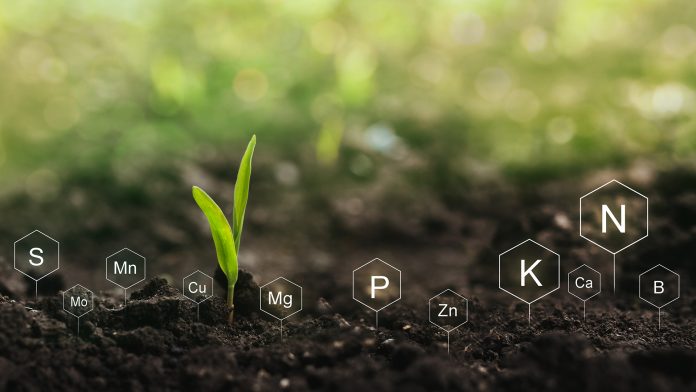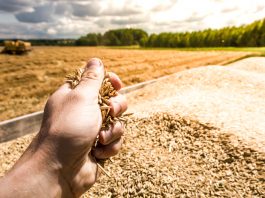Researchers from Karlsruhe Institute of Technology have modelled the effect of a worldwide redistribution of nitrogen fertiliser use.
They simulated various nitrogen fertiliser quantities at different locations and calculated the total production of corn, wheat, and rice between 2015 and 2030 using the biogeochemical model LandscapeDNDC.
“Our work was based on the question of how we can produce sufficient food without exceeding environmental boundaries,” explained Dr Andrew Smerald from the Atmospheric Environmental Research Department of KIT’s Institute of Meteorology and Climate Research.
The research, ‘A redistribution of nitrogen fertiliser across global croplands can help achieve food security within environmental boundaries,’ was published in Nature.
How does nitrogen fertiliser impact our planet?
Around 60% of worldwide nitrogen fertiliser consumption is presently used for growing crops, such as corn, wheat, or rice. These plants need the fertiliser to grow and produce bigger harvests.
However, large quantities of the fertiliser enter the ground and groundwater or are emitted into the atmosphere in the form of nitrous oxide.

This pollutes the environment and contributes to the loss of biological diversity, climate change, and the degradation of the ozone layer.
This problem is particularly serious in the big cultivation areas of North America, Europe, and East Asia, where comparably large amounts of nitrogen fertiliser are used.
Grain production levels could still be maintained with smaller amounts of fertiliser
Smerald said: “Our models show that worldwide consumption of nitrogen fertiliser could be reduced by 32% by a more homogeneous distribution. The current level of grain production would remain unaffected.”
He added: “For this, the fertiliser would have to be redistributed from traditional cultivation areas in China, North America, and Europe to less used areas, such as Sub-Saharan Africa.“
Increased production in these regions would compensate for decreased production in other regions. As a result, nitrogen fertiliser use for wheat and corn production would be reduced by 45% and 33%, respectively, without influencing worldwide production quantities.
Moreover, nitrate leaching would be reduced by 71% for wheat and 63% for corn.
Another advantage would consist in the fact that crops could be cultivated closer to the place of their consumption. Increased harvests in Africa would help the continent reach self-sufficiency.
“According to our study, a more homogeneous distribution of nitrogen fertiliser across global croplands would reduce our dependence on the presently existing granaries and decrease nitrogen pollution in East Asia and other strongly fertilised regions,” Smerald concluded.





